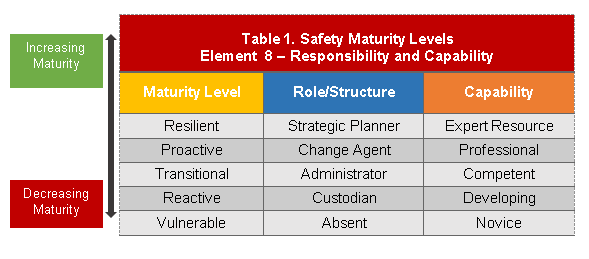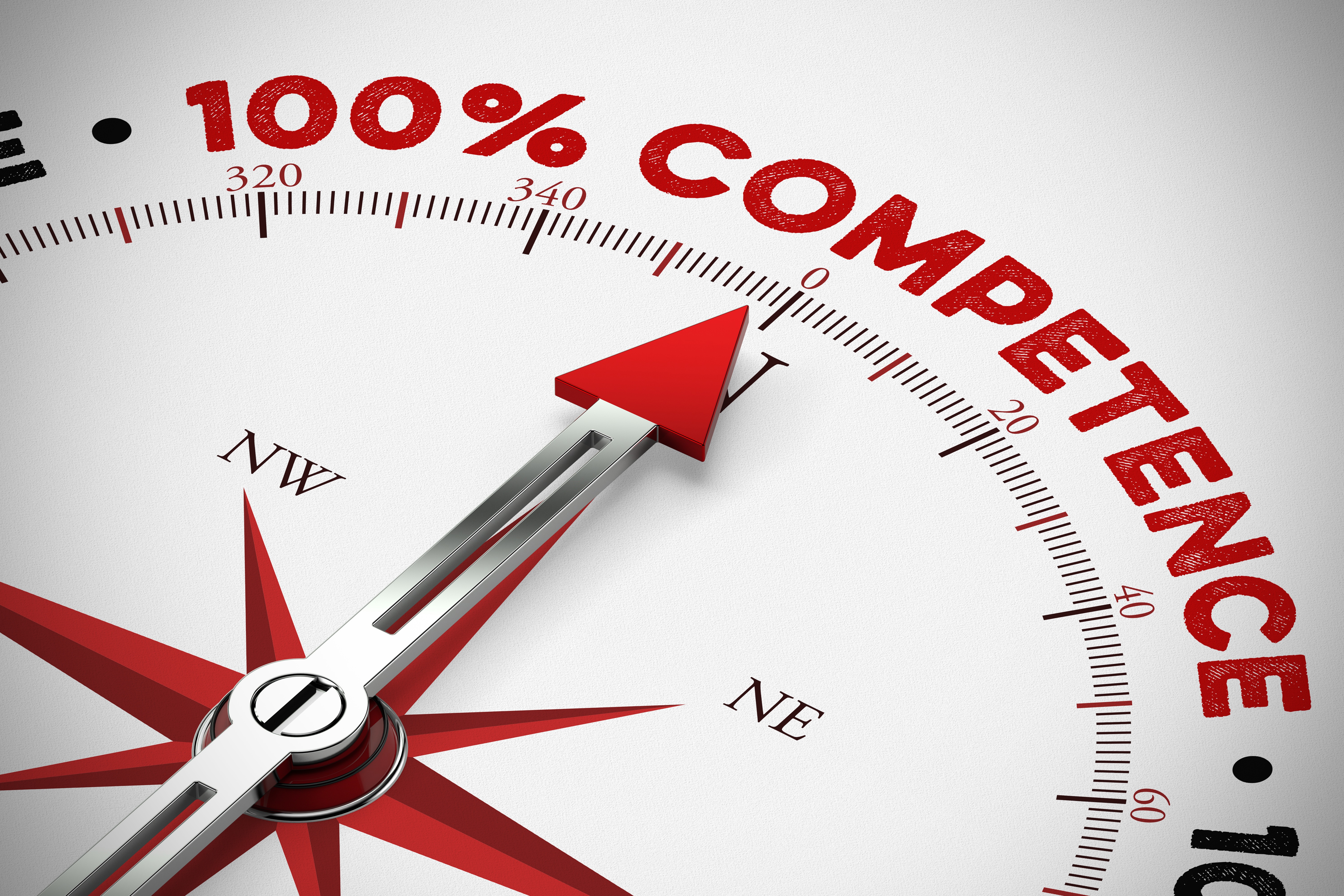SMA Element 8 - Responsibility & Capability
Imagine an organisation with a safety department that has little understanding of WHS law, codes, standards and systems as well as limited safety influencing capability. Imagine also that operational manager’s in this same organisation lack the knowledge, ability and inclination to influence safety within their areas of responsibility.
Most would agree that this situation would not have a positive impact on safety performance for this organisation. Such an organisation would be rated low in terms Safety Maturity Assessment - Element 8.
So what do mature organisations do in this area to minimize risk?
Two things need to be considered; the first is the overall structure and role of both line management as well as the WHS team. The second is the level of WHS capability of both line managers and WHS specialists.
1. Structure and Role
Structure: The degree to which WHS responsibilities are assigned, aligned and appropriately resourced across the organisation will determine the level of safety maturity. If the organisation is structured appropriately, safety professionals are adequately represented at all levels of the organisation and maturity levels will tend to be more mature.
Roles: The degree to which WHS professionals partner with the organisation to impact safety performance will also impact the level of safety maturity. For example, at the senior management level safety professionals can be assigned to act as strategic partners and trusted advisors. Throughout the organisation safety professionals would act as coaches and advisers supporting line managers to lead safety within their own departments. This represents an integrated approach to safety whereby everybody is responsible to influence safety outcomes and importantly, safety professionals are not the sole custodians of safety performance. Again the more organisations adopt this approach tend to be more mature.
2. WHS Capability
This refers to the degree of competence and confidence of both line managers and safety professionals required in order to meet the needs of the structure and assigned roles referenced above. Critical areas of capability include; technical knowledge, systems management and, risk management skills as well as appropriate influencing /coaching skills.
In order to minimise risk in relation to Responsibility and Capability organisations can begin by assessing the current level of maturity within their organisation. Once this is reasonably understood the next step is to determine the gap between where they are and where they want to be. Then develop and plan to achieve their desired state. Table 1 below will assist in this process.






Comment